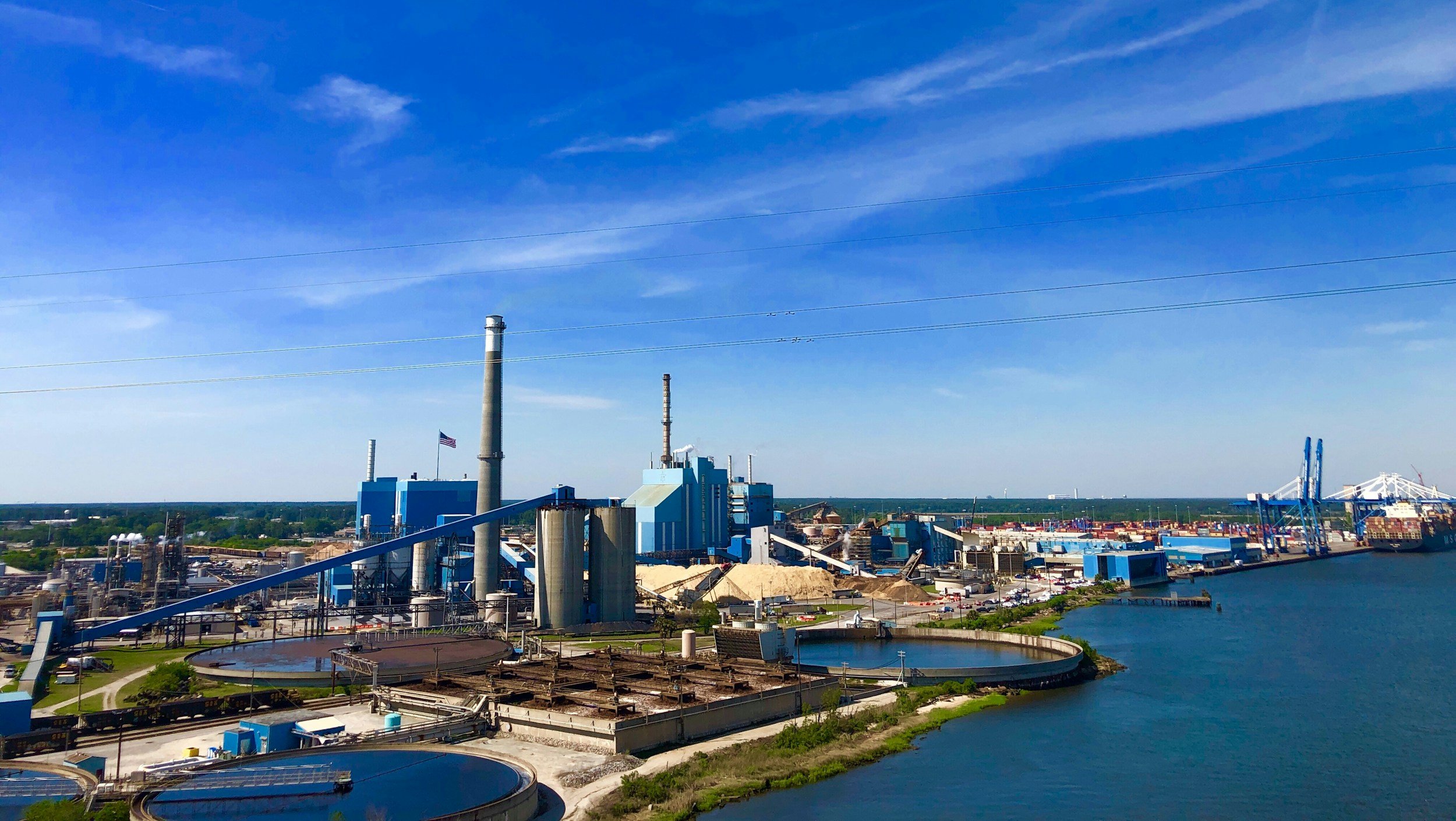
Biomass & Waste to Energy (WtE)
Biomass & Waste to Energy (WtE)
Biomass can be converted to generate fuel and energy. Biomass thermal conversion can be done in three ways as follows :
Gasification/Pyrolysis
Thermochemical processes with limited or no oxygen. Gasification produces syngas (CO + H₂) for fuels/electricity, while pyrolysis yields bio-oil and char. These methods operate at higher efficiencies and lower emissions than traditional incineration.
Incineration
Burns waste at high temperatures (900–1200°C), generating heat for electricity or district heating. Emissions are controlled via scrubbers, filters (e.g., electrostatic precipitators), and catalytic converters to mitigate pollutants like NOx, SO₂, dioxins, and particulates.
Anaerobic Digestion
Microorganisms break down organic waste (e.g., food, agricultural residues) into biogas (methane + CO₂) and digestate (fertilizer). Ideal for wet waste.
Failure in addressing these characteristics will lead to combustion problems such as
High Furnace Temperature
Excessive limestone consumption
waste disposal cost for meeting the SOx emission goal.
Excess corrosion and fouling of superheater/reheater tubes in the back-pass.
Reduced creep life of boiler tubes or supports.
Increased emission of NO.
Reduced thermal efficiency or increased heat rate of the plant.
Fouling is sticky deposit of ash constituents on boiler tubes. It reduces heat transfer to the tubes reducing steam generation or steam temperature and could accelerate the corrosion rate. The fouling of downstream tubes is due to evaporation of alkali salt.
In practical terms, the ash-related problems in biomass combustors and boilers, and in plants co-firing biomass with more conventional fossil fuels, have commonly been associated with:
1. The formation of fused or partly fused ash agglomerates and slag deposits at high temperatures within furnaces
2. The formation of bonded ash deposits at lower gas temperatures on the heat exchange surfaces in the boiler convective sections, and elsewhere
3. The accelerated metal wastage of boiler components due to gas-side corrosion and erosion
4. The formation and emission of sub-micron aerosols and fumes; and the handling and the utilization/disposal of ash residues from biomass combustion plants, and of the mixed ash residues from the co-firing of biomass in coal-fired boilers.

More Information
Biomass & WtE Plant Emission Control
Biomass & WtE Plant Fuel Handling and Sorting



